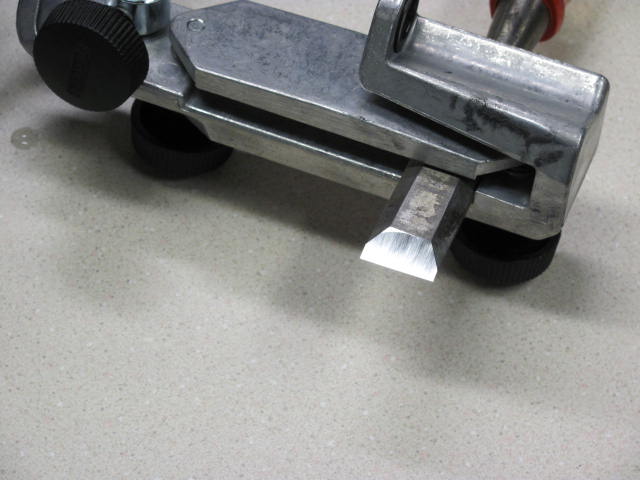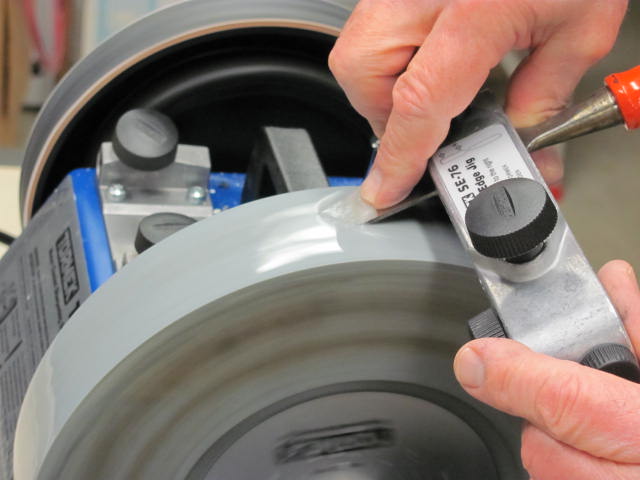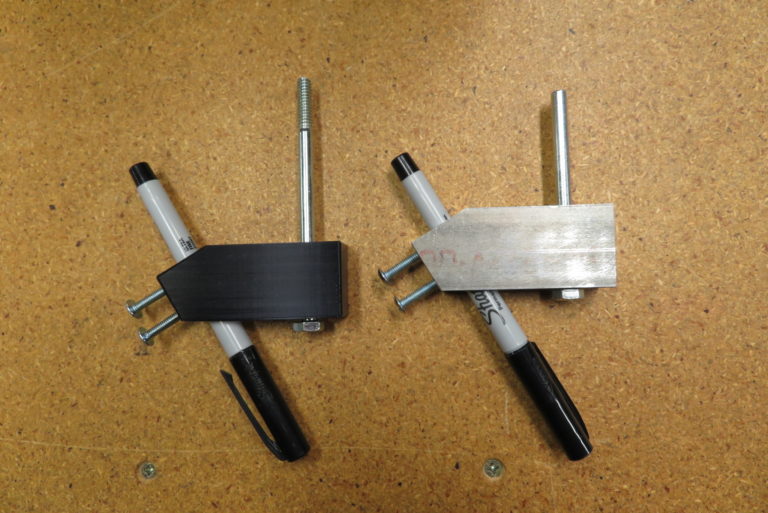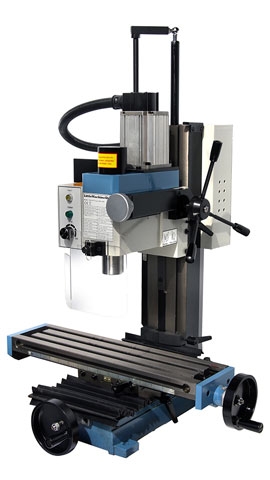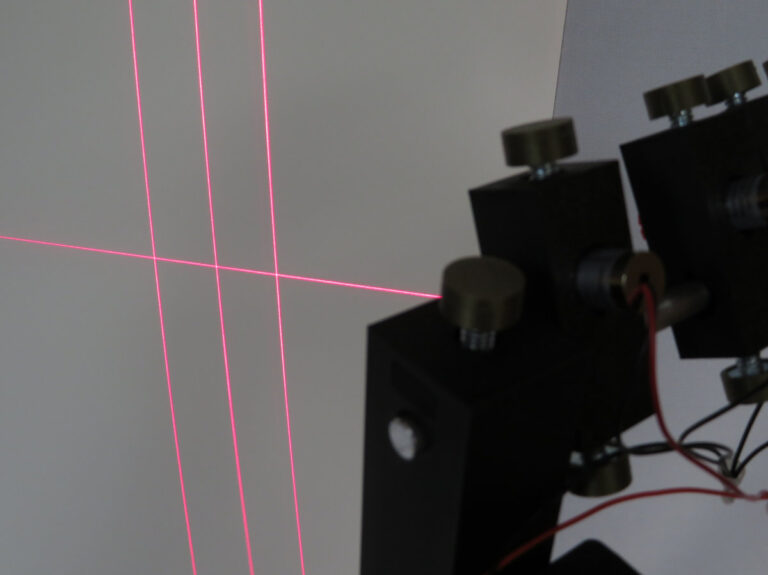Tormek – First Impressions
Before I purchased the Tormek T7, I studied YouTube and manufacturer videos, read discussion forums, looked at PDF documents and the like to be certain that I wanted to make a significant investment to have sharp tools. I have enough experience with my wood lathe to know the importance of sharp, reproducible gouges, skews, parting tools and scrapers. Prior to the Tormek, I used One Way’s Wolverine sharpening jigs and have to say that they work extremely well for obtaining edges off a dry grinder. Since my tools were initially shaped on a dry grinder, I decided to get Tormek’s BGM-100 universal mount for the dry grinder to take the burden of shaping off the Tormek’s grindstone. If anyone is considering the Tormek system, I highly recommend that you do the same because Tormek excels at sharpening but is very slow at shaping.
The following photos show how I did with an old, cheap wood chisel that I used to practice. I didn’t have the BGM-100 for the grinder yet so the shaping was done on the Tormek and although the chisel was close to the proper angle, it was painfully slow to bring it into spec. Several Tormek website forum participants made comments about having difficulty with one or more aspects of using the Tormek but my impression is that anyone can successfully use it if they have any experience with sharpening.




